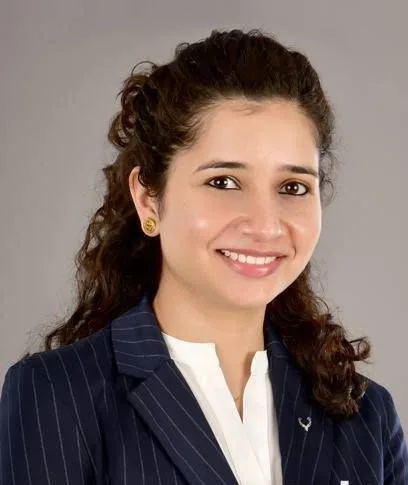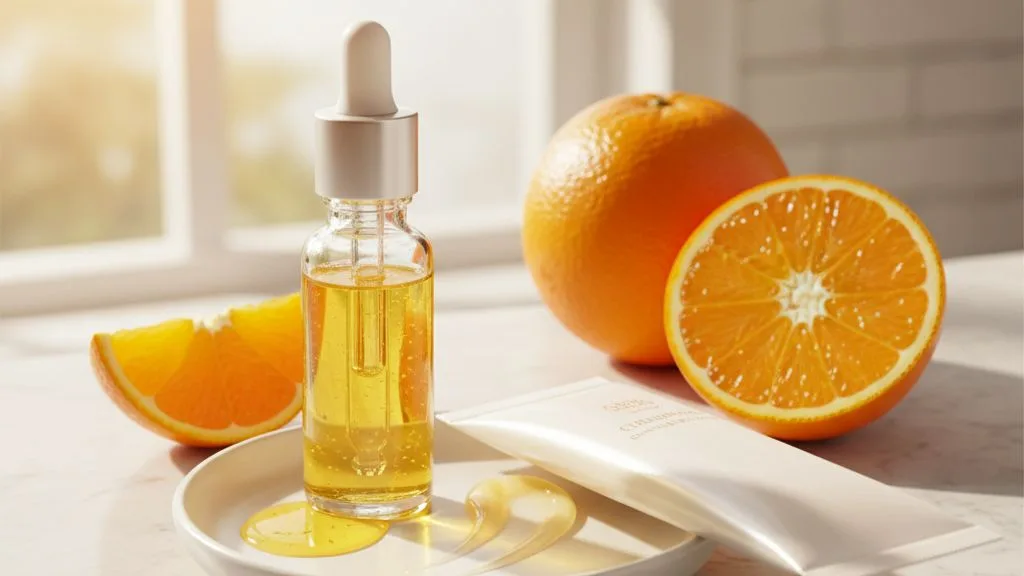Beauty industry anti-aging narratives continue to dominate campaigns, raising critical questions about the values and marketing tactics shaping our perception of beauty. Despite growing conversations around authenticity and acceptance, the industry still relies heavily on youth-driven ideals to sell products. This edition explores why these narratives persist, drawing insights from leading experts who challenge the fear-based messaging and highlight the need to embrace aging as a marker of confidence and lived experience.
In this fifth edition of Hale and Belle’s Expert Edit Series, we bring together voices from dermatology, psychology, marketing, and medicine. Together, they dissect why the anti-aging narrative endures, how it continues to shape cultural expectations, and what it would take for beauty to truly embrace aging with authenticity.
The Expert Edit, Edition 05 | By Hale and Belle Editorial Team
In this Article
Redefining Beauty Beyond Youth
Expert Insight: Dr Sneha Sood, Dermatologist, Dr Sneha Sood

Despite louder conversations about inclusivity and a rising “pro-aging” movement, the beauty market remains fixated on youth. Walk into any beauty store, and you’ll find “glow-restoring” serums, “time-correcting” creams, and “line-blurring” solutions that subtly repackage the same old message: aging must be managed, if not reversed.
Dr. Sneha Sood, Dermatologist, calls it the industry’s most profitable paradox.
“Patients are encouraged to embrace their age while being sold products that erase every sign of it,” she notes. “The fear lies in abandoning a narrative that has been profitable for decades. So while ‘anti-wrinkle’ becomes ‘radiance-boosting,’ the expectation doesn’t change — youth is still beauty.”
This cosmetic rebranding often masquerades as empowerment. In reality, it is a polished illusion. Consumers may be more aware and vocal today, but brands typically meet this shift with surface-level adjustments rather than genuine change.
Authentic representation, Dr. Sood insists, is the only path forward. “We need to see real skin, real age, and real stories in campaigns. Aging should be valued as lived experience, not hidden like a flaw. Until laugh lines are celebrated as much as lip fillers, we haven’t truly rewritten the script.”
True empowerment, she adds, will come when women no longer feel compelled to justify or disguise their age — when beauty supports confidence, honesty, and freedom instead of denial.
Shifting the Focus From Appearance to Character
Expert Insight: Vincent Miles, Psychologist, Miles Psychological Services LLC

Vincent Miles, Psychologist, Miles Psychological Services LLC
The roots of beauty obsession are planted long before adulthood. Girls grow up showered with compliments on their looks, while boys are praised for strength, intelligence, or resilience. These early interactions, though seemingly harmless, lay the foundation for a lifetime of self-worth tethered to appearance.
Vincent Miles, Psychologist, has witnessed this pattern unfold repeatedly in his practice.
“By the time many women reach adulthood, they’re carrying the weight of these early messages. They equate their value with appearance — youthful, flawless, and pristine. The beauty industry thrives on this conditioning, pushing the idea that self-worth can be bought in a jar.”
But advertising is not the only culprit. Everyday language, Miles emphasizes, is equally complicit. “When we default to appearance-based praise, we reinforce the notion that beauty is the most important trait. This isn’t sustainable or psychologically healthy.”
The alternative lies in reshaping the way we speak to children. Praise curiosity, kindness, creativity, and capability, he suggests. True beauty is diverse, personal, and dynamic. If society is to foster resilience and inclusivity, it must begin by rewriting these scripts in childhood. Only then can beauty — and aging — be understood as more than skin deep.
Fear-Based Marketing: The Oldest Currency Still Rules
Expert Insight: Josiah Roche, Fractional CMO, JRR Marketing

If consumers are evolving, why isn’t the industry? The answer is simple: fear sells.
Urgency-driven messaging continues to outperform softer alternatives. Wrinkles are marketed as emergencies. Serums are framed as time machines. And despite new buzzwords like “skin longevity” or “pro-aging,” the underlying hook rarely changes: fix the flaw.
Josiah Roche, Fractional CMO at JRR Marketing, explains the stalemate:
“Even when brands experiment with progressive terms, the call to action still focuses on correcting something. The platforms and metrics we use reward urgency and perfection, not acceptance. That’s why fear-based marketing persists — it converts better.”
Public campaigns may appear more inclusive, but much of it is surface. “Erase your wrinkles” has simply become “enhance your glow,” Roche notes. Behind the language, the strategy remains unchanged.
Until aspirational aging has a clear business case, token representation will dominate. For now, visible aging is framed as a bold creative choice rather than a norm — a sign that brands are hedging bets, not rewriting values.
Aging Gracefully: Defying Industry Norms
Expert Insight: Maybell Nieves, Surgical Oncologist, AlynMD

The fixation on youth isn’t just cultural; it’s personal. For many women, aging is experienced alongside professional scrutiny, social pressure, and the weight of unrealistic standards.
Dr. Maybell Nieves, Surgical Oncologist, has lived this paradox.
“In my forties, I’m surrounded by anti-aging products as if signs of age are flaws that need correction. While I’ve always valued skincare, the industry still makes women feel pressured to meet a standard of beauty even in later years. That pressure doesn’t fade with youth; it just evolves.”
She points to how society criticizes women in midlife. Actresses once celebrated for their beauty are dismissed as “washed up” once wrinkles and gray hair appear. This collective scrutiny, she argues, guides how brands design campaigns.
“Wrinkles are not shameful; they are markers of resilience. Each line tells a story. Each strand of gray carries dignity. We need to move past the obsession with perfection and see maturity as pride, not failure.”
For Nieves, the issue is larger than advertising. It’s about rewriting cultural attitudes toward age itself. “Looking good in adulthood is not wrong. But obsessing over eternal perfection is. Beauty should evolve with life, not deny it.”
Can the Script Change?
The persistence of beauty industry anti-aging narratives is no accident. They are profitable, deeply entrenched, and reinforced by culture at every level — from childhood compliments to global marketing campaigns. Yet, the winds of change are stirring as consumers demand more authenticity, inclusivity, and honesty.
The real question is whether the industry can align profit with progress. True transformation will not come from rebranding old ideals but from celebrating the dignity and freedom that aging represents.
When that shift occurs, beauty will no longer be defined by the absence of wrinkles. It will be defined by confidence, honesty, and lived experience. Only then will the industry move from selling denial to championing truth.
Uncover The Expert Edit, exclusively on Hale and Belle—where expert voices define beauty and guide you to real solutions.
FAQs: Anti-Aging Narratives in Beauty
A1: Beauty industry anti-aging narratives persist because they remain highly profitable. Fear-based marketing continues to drive sales, and cultural conditioning reinforces the idea that youth equals beauty.
A2: Yes. Many consumers now demand authenticity, inclusivity, and real representation. However, while campaigns appear more progressive, much of the messaging still subtly reinforces old ideals.
A3: Fear-based marketing plays a central role by framing aging as a flaw to be fixed. Even when brands rebrand their language, the underlying message often focuses on erasing visible signs of age.
A4: Absolutely. True transformation will come when aging is celebrated as a sign of confidence, wisdom, and lived experience — not something to conceal. This requires authentic representation and a shift in what consumers value.
A5: The future lies in pro-aging and skin-positivity movements that prioritize honesty, character, and self-expression over perfection. This shift will redefine beauty standards and reshape how the industry communicates.
Want the latest scoop, exclusive deals, and skincare secrets? Follow us on WhatsApp and never miss a glow-up moment!




